7 Types of Intrinsic Rewards for Employees
By Kimberly Kafafian
It’s a new year, which means new goals and objectives. And for the majority of employers right now, attracting and retaining top talent is topping the list. Businesses of all sizes, across all sectors are scrambling to keep current employees engaged and strategizing on how to draw new workers into the fold. For many leaders, their go-to tool is a reward system. After all, who doesn’t like receiving something extra for their hard work and commitment to the company? But as an HR professional, I’m always asking, “Are you using the right type of rewards to drive motivation in the long term?”
When it comes to motivating employees, there are actually two rewards categories: extrinsic and intrinsic. Understanding both will better enable you to pick the motivator that will work best now, as well as in the long haul.
Extrinsic rewards
You’re probably more likely to be familiar with extrinsic rewards. These are more tangible rewards, like an annual bonus, commission payment, a merit increase, profit sharing, or even an additional day off. They are called extrinsic because they are external to the work itself and they are controlled by management rather than the employees themselves.
Intrinsic rewards
Unlike extrinsic rewards, intrinsic rewards are more psychological than tangible, and they are driven by the employees themselves. They are the type of rewards that a worker experiences from successfully completing a task or project, such as satisfaction or a feeling of achievement. They hinge on the worker’s own effort and abilities.
Foster an Engaged Workforce with
these Intrinsic Rewards
- Feeling of accomplishment
- Mastering a skill
- Personal growth
- Pride in work
- Feeling of respect
- Gaining trust from management
- Being and important part of a team or the organization overall
While extrinsic rewards do work, they tend to have limited effectiveness. If a business only offers extrinsic rewards, employees may only take on added responsibilities or make an effort to go above and beyond if there is an extrinsic reward attached. Conversely, because intrinsic rewards elicit a positive emotional reaction, they tend to motivate workers to continue to improve even when no extrinsic reward is offered.
There is value, however, to offering extrinsic rewards. In the short term, they can help boost productivity, push workers to accomplish a specific task or reach a goal, and show employees they are valued members of the business. But the benefits of intrinsic rewards far outreach those of extrinsic rewards. When management uses an intrinsic reward system to motivate employees, they’re likely to find:
- Increased engagement
- Enhanced innovation and creativity
- Greater overall job satisfaction
- Stronger commitment to the company
- More effective learning
- Less need for supervision
- Reduced labor costs
If your organization is not leveraging intrinsic rewards, make 2022 the year it starts doing so. In today’s tight labor market, this just might be your best strategy for keeping current employees happy and luring new talent to take your company forward.
Like the idea, but not sure how to put it into practice? Read our blog How to Intrinsically Motivate Employees for some tips.
 En Español
En Español








